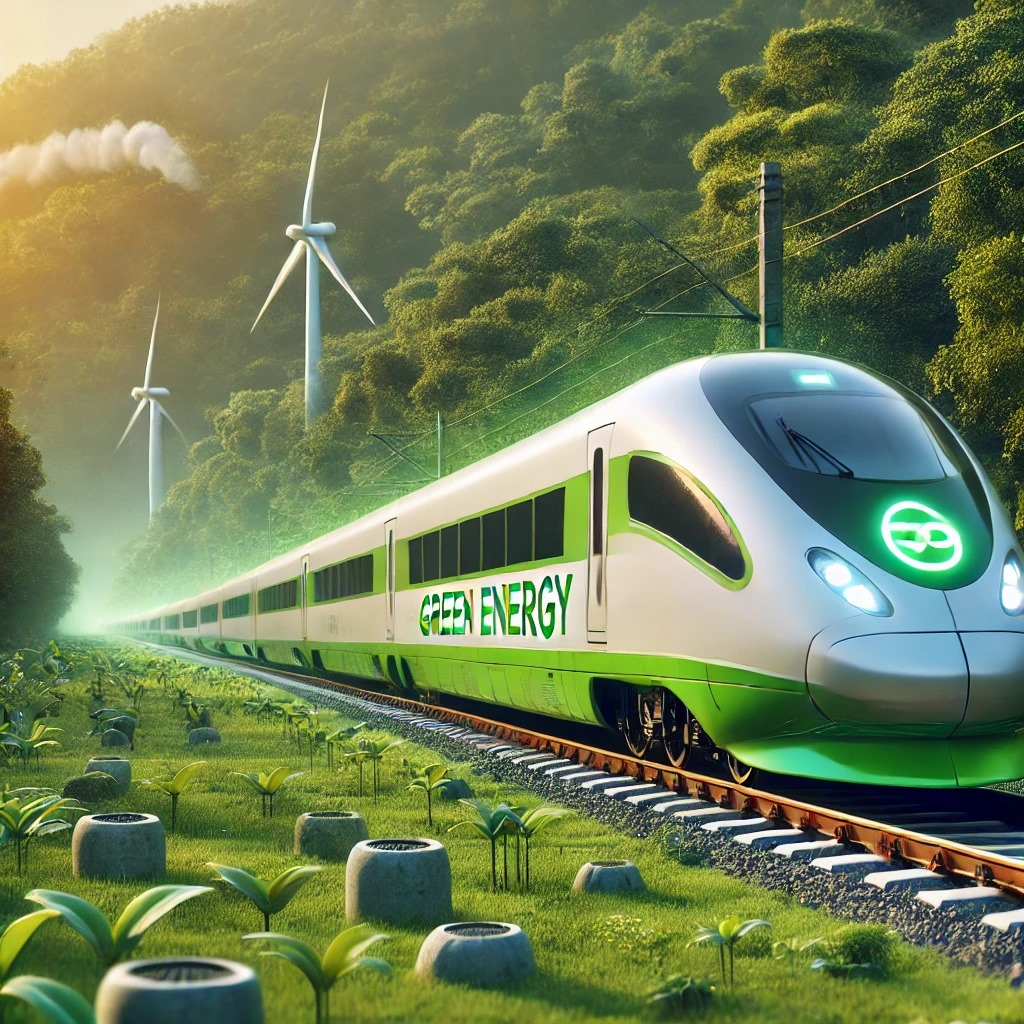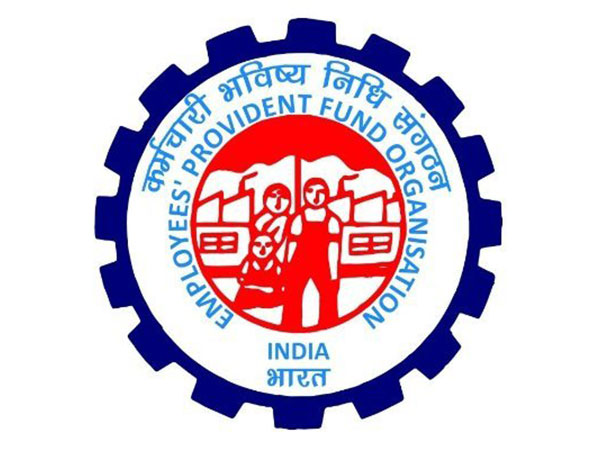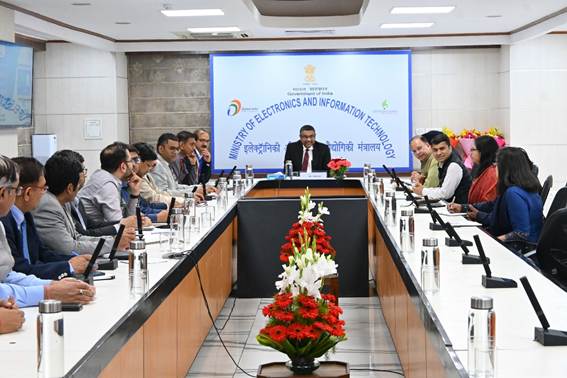India’s pursuit of green hydrogen-powered trains will become a defining landmark in sustainable transport. The government’s emphasis on renewable energy solutions, combined with the proactive efforts of the Indian Railways, is preparing the nation for a transformative shift in its rail network. This shift reflects India’s indigenous technology to excel, from the powerful home-grown hydrogen engine, infrastructure requirements, and green hydrogen production and refuelling – the decisive steps towards a cleaner and more self-reliant future.
India’s Hydrogen Engine: World’s Most Powerful
India’s hydrogen-powered engine, developed with indigenous technology, can deliver an impressive 1200 horsepower, surpassing other hydrogen engines across the world that generally operate at around 500 to 600 horsepower. This locomotive, designed by the Research, Design, and Standard Organisation (RDSO) in Lucknow, underscores India’s innovative approach to addressing the complexities of rail travel across varied terrains. RDSO, a principal research arm of the Indian Railways, ensures that the engine’s enhanced power translates into reliable performance and paves the way for further advancements in green rail technologies.
The Pilot Project and “Hydrogen for Heritage”
The Ministry of Railways, Government of India, announced the “Hydrogen for Heritage” project in 2023. In the 2023–24 Union Budget, around ₹2,800 crore has been earmarked for developing 35 hydrogen fuel cell trains, with an additional ₹600 crore for related hydrogen energy infrastructure to be run on various heritage and hill routes. The estimated cost of each hydrogen-powered train is Rs 80 crore, while the cost to develop ground infrastructure per route is expected to be Rs 60 crore. A pilot project is being implemented for the first trial run in the initial phase.
As part of this venture, existing Diesel-Electric Multiple Unit (DEMU) rakes will be retrofitted with green hydrogen fuel cells. A sum of ₹111.83 crore has been sanctioned to create the ground infrastructure necessary for this modification. The first such DEMU-turned-hydrogen train is anticipated to commence its trial run in March 2025 along the Jind–Sonipat section of the Northern Railway in Haryana, as confirmed by U Subba Rao, General Manager, Chennai-based Integral Coach Factory (ICF). The ICF is currently manufacturing coaches for the pilot train.
Firms contracted to develop ground-level infrastructure are putting in the support system for the successful pilot run after system integration, revealed by an explanatory release by the Ministry of New & Renewable Energy and Ernst & Young Consulting. Jhajjar district of Haryana has an electrolyser plant to produce green hydrogen. With a 1 MW electrolyser operating round the clock, the plant can produce around 420 kilograms of hydrogen per day. A dedicated refuelling system, capable of storing up to 3000 kilograms of hydrogen, will support daily train operations.
Financial Dimensions and the Promise of Long-Term Savings
Although the initial investment for hydrogen-powered trains may appear high, chiefly due to the costs of green hydrogen production, advanced technology, and new infrastructure, experts anticipate these expenditures will drop once large-scale operations become a reality.
In the long run, hydrogen as a fuel stands out for its environmental benefits and potential cost savings. By reducing reliance on fossil fuels and minimising the carbon footprint, the Indian Railways will ultimately see higher returns and greater efficiency. Furthermore, hydrogen trains do not depend on electrified routes, making them a particularly appealing choice for non-electrified sections where installing overhead cables would otherwise involve substantial expense and time.
A Key Milestone in India’s National Green Hydrogen Mission
India’s focus on hydrogen-powered trains resonates with the country’s broader strategy to achieve energy independence by 2047 and net-zero goals by 2070. On 4 January 2023, the government approved the National Green Hydrogen Mission, aimed at reducing import dependence on crude oil, natural gas, and coal. The mission is expected to play a significant role for the country with its economy based on clean energy.
This mission comes with an initial outlay of ₹19,744 crore, covering areas such as the increased domestic production of green hydrogen, related pilot projects, research and development, and related components. A large amount of money under it, Rs 17,490 crore has been earmarked for the Strategic Interventions for Green Hydrogen Transition (SIGHT) programme. Under the programme, there are two financial incentive mechanisms to promote domestic manufacturing of electrolysers to push green hydrogen production in India.
India’s green hydrogen mission aims to produce five million metric tonnes of green hydrogen annually by 2030, supported by the development of green hydrogen hubs and an expanded renewable energy ecosystem. Such strategic efforts align seamlessly with India’s pressing need to address climate change and set more ambitious targets for emissions reduction.
International Developments on Hydrogen Trains
Germany’s Alstom Coradia iLint green hydrogen-powered train is already in commercial service, with 14 hydrogen trains operating in Lower Saxony and 27 for the Frankfurt Metropolitan Area. Its trial run in Germany began in 2018. Coradia iLint green hydrogen-powered train sets have operational range of 1,000 Kms with a top speed of 140 Kmph.
Successful trial runs of Alstom’s hydrogen trains have taken place in other countries like Canada, Italy, Saudi Arabia, Austria, the Netherlands, Poland, Sweden, and France, indicating a shift towards cleaner rail transport. Alstom currently has orders for 41 hydrogen train sets from the European countries.
In addition, Siemens Mobility’s Mireo Plus H green hydrogen trains, with an extended range of up to 1200 kilometres and a top speed of 160 km/h, are put into operation in Berlin–Brandenburg and Bavaria. Spain, too, has concluded its initial trials of hydrogen-powered trains.
A New, Clean Path for India
India’s green hydrogen-powered train programme signals a major step forward in transport innovation and sustainability. As the Indian Railways integrate hydrogen technology in its operations, the nation moves closer to its twin ambitions of energy independence and net-zero emissions.
The success of the trial runs on the Jind–Sonipat route, and eventually other rail routes in India, is expected to create a model for implementing this forward-looking strategy on a wider scale. With continued investment in tech research, infrastructure, and local manufacturing capabilities, India’s experiment with green hydrogen-powered rail travel could establish new global benchmarks in eco-friendly transportation, ensuring that future generations benefit from a cleaner, more efficient rail system powered by renewable energy.




















